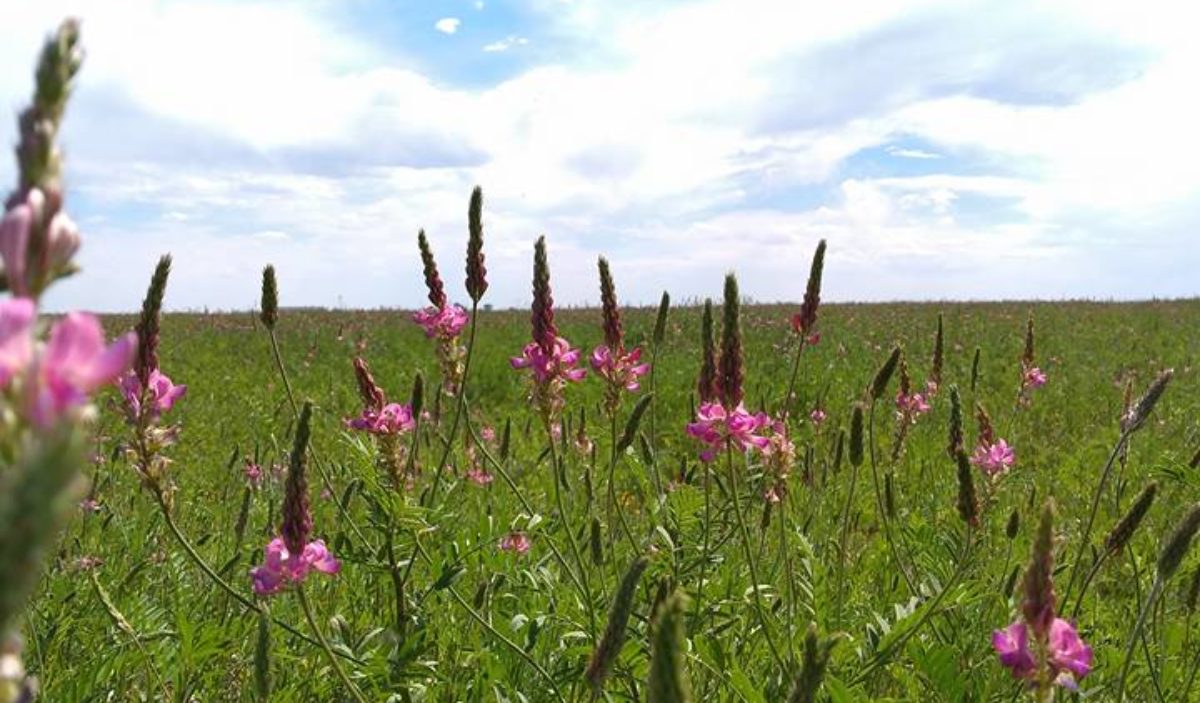If you have ducks, and you should, then supplying them with enough water is probably a problem you are facing. I am going to share a 10 simple ideas with you for solving your water problems.
1. A plastic kiddie pool. This is an easy, cheap way to supply your ducks with bountiful water. It needs emptied weekly at the very least, and that means wasting a lot of water. So unless you are able to funnel the water to say, an orchard, this idea may not be for you. Works great for pigs too. 2. Half a dog kennel. This one seems a bit weird, right. Perhaps, but it works fantastically well. Easy entrance and exit for young ducks, doesn’t use too much water and is easy to clean. I used them until they cracked one winter.
2. Half a dog kennel. This one seems a bit weird, right. Perhaps, but it works fantastically well. Easy entrance and exit for young ducks, doesn’t use too much water and is easy to clean. I used them until they cracked one winter.
 3. Stock tank. Similar to the kiddy pool but sturdier the stock tank is a good solution if you are looking for larger solutions. They make metal and rubbermaid stock tanks. I have a sheep tank that worked just fine for a little while. Cleaning it out is a real problem. You also have to make sure there are blocks for the ducks to get in and out of the tank or they will drown.
3. Stock tank. Similar to the kiddy pool but sturdier the stock tank is a good solution if you are looking for larger solutions. They make metal and rubbermaid stock tanks. I have a sheep tank that worked just fine for a little while. Cleaning it out is a real problem. You also have to make sure there are blocks for the ducks to get in and out of the tank or they will drown.
4. Automatic Waterer. This is the ideal solution for limited space and water. This is also a great winter solution as some heat tape keeps the entire thing from freezing and you from hauling around a hose. This is a great solution for all animals on the farm but for me, it was all about the ducks and the huge mess they make.
5. Heated water bowl. Another solution for winter water this one is quite laborious for you as it requires hauling water out to it at least twice a day. I’ve done this more than one winter and survived to tell the tale. It’s still not ideal though.
6. Dig a duck pond and seal it with cement or a pond liner. This is an expensive option, but a superior one as far as longevity and enjoyment go. I was able to dig a 10x14x3 foot duck pond with the bucket of our Kubota tractor. The deeper portion I cemented and the smaller bio-filter portion of the pond was lined with pond liner. The cons to this pond are the cement cracking (which mind did the first winter) and the liner cracking (which mind also did that first winter). Cementing and sealing this pond were also really laborious.
7. Dig a duck pond and seal it with bentonite. Bentonite is a clay polymer that when mixed with regular dirt and compressed seals water into ponds and waterways. This is a great solution all around. It’s less expensive than cement and pond liners and their is no risk of cracking.
8. Dig a duck pond and gley it with pigs. This is my favorite option. It’s inexpensive and you get bacon when it is all done. What isn’t to love?
9. Filtering duck pond water. Plants are the best way to filter duck pond water. The problem is protecting those plants from the ducks. They are smarter than they look, or so I’ve found. After some trial and error I’ve found caging each plant individually to be the best way. I am perfectly happy with whatever grows out of the cages being consumed so long as the main plant is protected. So far, so good. Also make sure your pond is properly aerated either with a pump or an under water aerator.
10. Controlling pests in a duck pond. Bugs do love a good body of water to procreate in. Midge flies really really loved ours. The ducks weren’t eating them so the best and safest solution was goldfish. 100 goldfish released into the pond solved the problem in a single day and then fed the ducks.

















